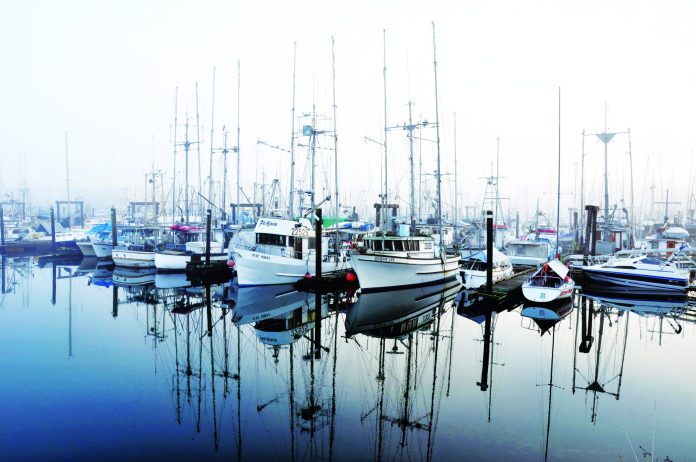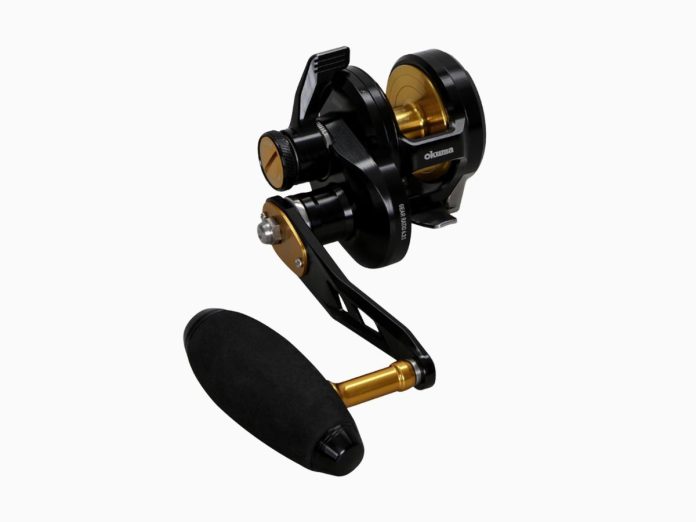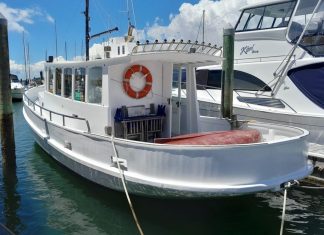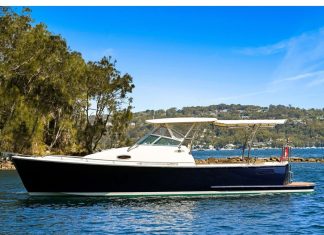Melanoma, a type of skin cancer, is on the rise, particularly in countries like New Zealand, which has one of the highest rates of melanoma diagnoses in the world. This article takes a closer look at melanoma, using the personal story of Jason Chambers, star of Below Deck Down Under, to highlight the risks of skin cancer and the importance of early detection and sun protection.
Jason Chambers’ melanoma journey
Jason Chambers, known for his role as a star and captain on the popular Bravo reality TV show Below Deck Down Under, has recently revealed his battle with melanoma. The 52-year-old captain shared a deeply personal video on Instagram, where he opened up about his second operation for melanoma. His first operation took place in Bali, but upon returning to Australia, his doctors were concerned about the progress of the melanoma and recommended a second surgery to remove more of the affected area.

In the video, Chambers detailed his recent biopsy, which “came back with melanoma.” He explained that the biopsy was done in Bali, but the results were concerning enough for his Australian doctors to take further action. The second operation is necessary to ensure that all traces of melanoma are removed, and it includes testing the lymph glands, which is a standard procedure when melanoma spreads beyond the skin.
Chambers, who spent much of his life working outdoors and on the ocean, admitted that his love of warm weather and the sun had caused more harm than good. He confessed, “I never used to wear sunscreen when I was on the boat. I used to put zinc on my nose, the reason being the chemicals. But there’s so many products out there that are chemical-free now, which is great.” Chambers has become an advocate for sun protection, urging his fans to take the necessary precautions to prevent skin cancer. His message is clear: “Make sure you throw on some sunscreen, get some shade, and cover yourself up and enjoy your day out in the sun.”
As someone who spent years working outdoors, playing sports, and spending time on the water, Chambers thought he was immune to the damaging effects of the sun. Now, he urges others to learn from his experience, reminding everyone that it’s not just about enjoying the sun but doing so wisely and in balance.
Melanoma: Understanding the risk factors
Melanoma is a form of skin cancer that develops when pigment-producing cells called melanocytes begin to grow uncontrollably. These cells produce melanin, the pigment responsible for giving skin its colour. Melanoma is most commonly found in the skin, but it can also develop in other parts of the body, such as the eyes or mucous membranes.
While melanoma is treatable when detected early, it is one of the most aggressive forms of skin cancer. If left untreated, melanoma can spread to other organs, including the lungs, liver, brain, and bones. The rapid growth and ability to spread make it all the more dangerous. For this reason, early detection and removal of melanoma are crucial for survival.
Several factors increase the risk of developing melanoma:
- UV Exposure: Prolonged exposure to ultraviolet (UV) rays, whether from the sun or tanning beds, is the leading cause of melanoma.
- Fair Skin: People with lighter skin, freckles, and red or blonde hair are at a higher risk.
- Family History: Having a family history of melanoma increases the likelihood of developing the disease.
- Multiple Moles: A higher number of moles, particularly irregular or atypical ones, raises the risk.
- Weakened Immune System: People with compromised immune systems are also at a higher risk for developing melanoma.
New Zealand’s melanoma crisis
New Zealand’s melanoma rates are some of the highest in the world, with approximately 3,000 cases diagnosed each year. Statistically, one in every 30 New Zealanders will be diagnosed with melanoma at some point in their lives. The incidence is especially high among people with fair skin and those who spend significant amounts of time outdoors—traits that are common in New Zealand’s sun-loving lifestyle.

According to the Ministry of Health, melanoma is more prevalent in males, particularly in older age groups. However, it is also important to note that melanoma can affect younger individuals, especially those who have experienced severe sunburns in their youth. New Zealanders, particularly those who work outside or participate in outdoor sports, are at increased risk due to the country’s high levels of UV radiation, which are among the highest in the world, even in winter months.
Prevention and early detection
The key to combating melanoma is prevention and early detection. Sun protection is essential, especially in countries like New Zealand where UV exposure is significant year-round. Here are some practical steps to reduce the risk of developing melanoma:
- Sunscreen: Always apply sunscreen with an SPF of 30 or higher before spending time outdoors. Choose chemical-free options, as Chambers advocates, to avoid the potentially harmful ingredients found in some sunscreens.
- Shade and Clothing: Seek shade whenever possible, especially during peak sun hours between 10 a.m. and 4 p.m. Wear protective clothing such as hats, long sleeves, and sunglasses.
- Skin Checks: Regularly check your skin for any changes, such as new moles or changes in existing moles. If you notice anything unusual, seek advice from a healthcare professional.
- Avoid Tanning Beds: Tanning beds emit harmful UV radiation and significantly increase the risk of developing melanoma.
As Jason Chambers highlights, “Early detection is key.” He advises his fans to get into the habit of regularly checking their skin, especially if they have a history of sunburn or excessive UV exposure. His own experience has taught him the importance of vigilance, and he encourages everyone to balance their love of the sun with protective measures.
Choose your battles
Jason Chambers’ melanoma journey is a powerful reminder of the risks of excessive sun exposure and the importance of early detection. With the summer season approaching, it’s crucial for Kiwis to take the necessary steps to protect themselves from the dangers of melanoma. By wearing sunscreen, seeking shade, and performing regular skin checks, we can reduce the risk of this aggressive form of skin cancer.
View this post on Instagram
Remember, as Chambers wisely puts it, “It’s all about balance. Choose your battles.” Protect your skin, enjoy the sun responsibly, and prioritize your health this summer.
























